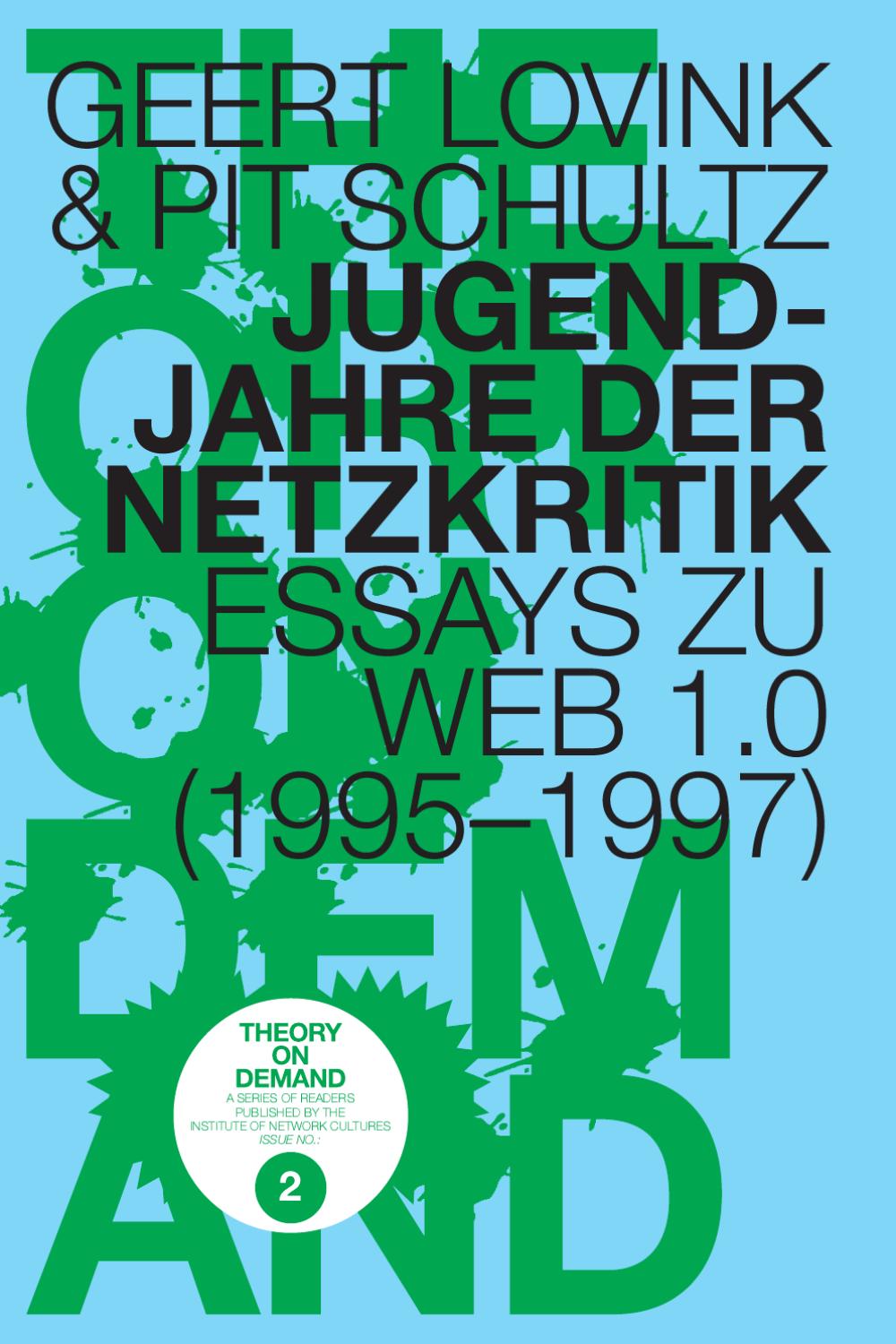Image, Time and Motion: New Media Critique from Turkey (2011)
Filed under book | Tags: · 2000s, critique, film, internet, narrative, net criticism, new media, technology, turkey, virtual reality

This reader is a collection of essays written by Turkish graduate students between 2003 and 2010 for Andreas Treske’s seminar ‘Image, Time and Motion’ at Bilkent University in Ankara, revised and actualized in 2010. Coming from a wide range of disciplines they had studied before, very rarely media or cultural studies, these students brought in their various viewpoints and methods, and tried to integrate their observations and understandings in a seminar related to cinema and new media to discuss and sometimes just to describe the influences of digital media technologies for themselves and their colleagues. Starting from the premise that digital technology redefines our moving image culture, the authors reflect in their essays various kind of approaches and methods, experiences and practices, descriptive, critical and interdisciplinary.
Contributors: Pelin Aytemiz, Bestem Büyüm, I. Alev Degim, Bilge Demirtas, Fulya Ertem, Deniz Hasirci, Cagri Baris Kasap, Zeynep Kocer, Rifat Süha Kocoglu, Leyla Önal, Ufuk Önen, Didem Özkul, Segah Sak, Ayda Sevin, Umut Sumnu, Andreas Treske and Funda Senova Tunali.
Edited by: Andreas Treske, Ufuk Onen, Bestem Büyüm and I. Alev Degim
Publisher: Institute of Network Cultures, Amsterdam 2011
Theory on Demand series, No 7
ISBN: 978-90-816021-5-0
146 pages
Geert Lovink, Pit Schultz: Jugendjahre der Netzkritik. Essays zu Web 1.0 (1995 – 1997) (2010) [German]
Filed under book | Tags: · internet, media activism, media theory, net art, net criticism, net culture, tactical media, theory, utopia

“Dieses PDF / Print-on-Demand-Heft bringt eine Auswahl der Texte zusammen, in denen die Medientheoretiker und nettime-Gründer Pit Schultz und Geert Lovink zwischen 1995 und 1997 gemeinsam die Grundzüge des Konzepts der Netzkritik formulierten. Damals auf deutsch in verstreuten Publikationen erschienen und zwischenzeitlich weitgehend in Vergessenheit geraten, werden sie nun erstmals gesammelt veröffentlicht. Sie eröffnen einen Blick auf die frühe Phase der Entwicklung des Internets und die beginnende kritische Debatte, die durch eine besondere Diskussions- und Spekulationsfreude geprägt war. Das Internet stellte noch keine allgegenwärtige Realität dar, aber sein zukünftiges Potential war schon absehbar. Im Zentrum dieser Texte steht die Kritik der damaligen Cyberutopien, die die Grundlage für die spätere Dotcom-Manie schafften. Weitere Schwerpunkte sind die Kunstpraxis (net.art), die Deutsche Medientheorie und Gegenöffentlichkeit (taktischen Medien).”
Editorial support: Andreas Kallfelzslation
Publisher Institute of Network Cultures, Amsterdam, 2010
Creative Commons BY-NC-ND 3.0 Netherlands License
Theory on Demand series, 2
ISBN 9789081602143
PDF, PDF (updated on 2018-5-31)
Issuu
Geert Lovink: Dark Fiber: Tracking Critical Internet Culture (2002)
Filed under book | Tags: · activism, cyberculture, internet, media, media activism, media theory, net art, net criticism, network culture, networks, politics, tactical media

“According to media critic Geert Lovink, the Internet is being closed off by corporations and governments intent on creating a business and information environment free of dissent. Calling himself a radical media pragmatist, Lovink envisions an Internet culture that goes beyond the engineering culture that spawned it to bring humanities, user groups, social movements, nongovernmental organizations (NGOs), artists, and cultural critics into the core of Internet development.
In Dark Fiber, Lovink combines aesthetic and ethical concerns and issues of navigation and usability without ever losing sight of the cultural and economic agendas of those who control hardware, software, content, design, and delivery. He examines the unwarranted faith of the cyber-libertarians in the ability of market forces to create a decentralized, accessible communication system. He studies the inner dynamics of hackers’ groups, Internet activists, and artists, seeking to understand the social laws of online life. Finally, he calls for the injection of political and economic competence into the community of freedom-loving cyber-citizens, to wrest the Internet from corporate and state control.
The topics include the erosion of email, bandwidth for all, the rise and fall of dot-com mania, techno-mysticism, sustainable social networks, the fight for a public Internet time standard, the strategies of Internet activists, mailing list culture, and collaborative text filtering. Stressing the importance of intercultural collaboration, Lovink includes reports from Albania, where NGOs and artists use new media to combat the country’s poverty and isolation; from Taiwan, where the September 1999 earthquake highlighted the cultural politics of the Internet; and from Delhi, where a new media center explores free software, public access, and Hindi interfaces.”
Publisher MIT Press, 2002
ISBN 0262621800, 9780262621809
382 pages
Reviews: McKenzie Wark (Rhizome, 2002), Lisa Nakamura (Mute, 2002), Franco Berardi Bifo (Generation Online, n.d.), Catriona Mills (M/C Reviews), Christina Van Houten (Rhizomes, 2009), Kirk McElhearn (Technology & Society, n.d.), Evangelos Milios (Social Science Computer Review, 2003), Arnold Peskin (Journal of Urban Technology, 2003).
PDF (added on 2018-10-24)
Comments (3)
